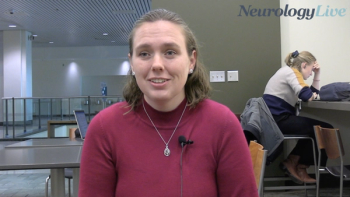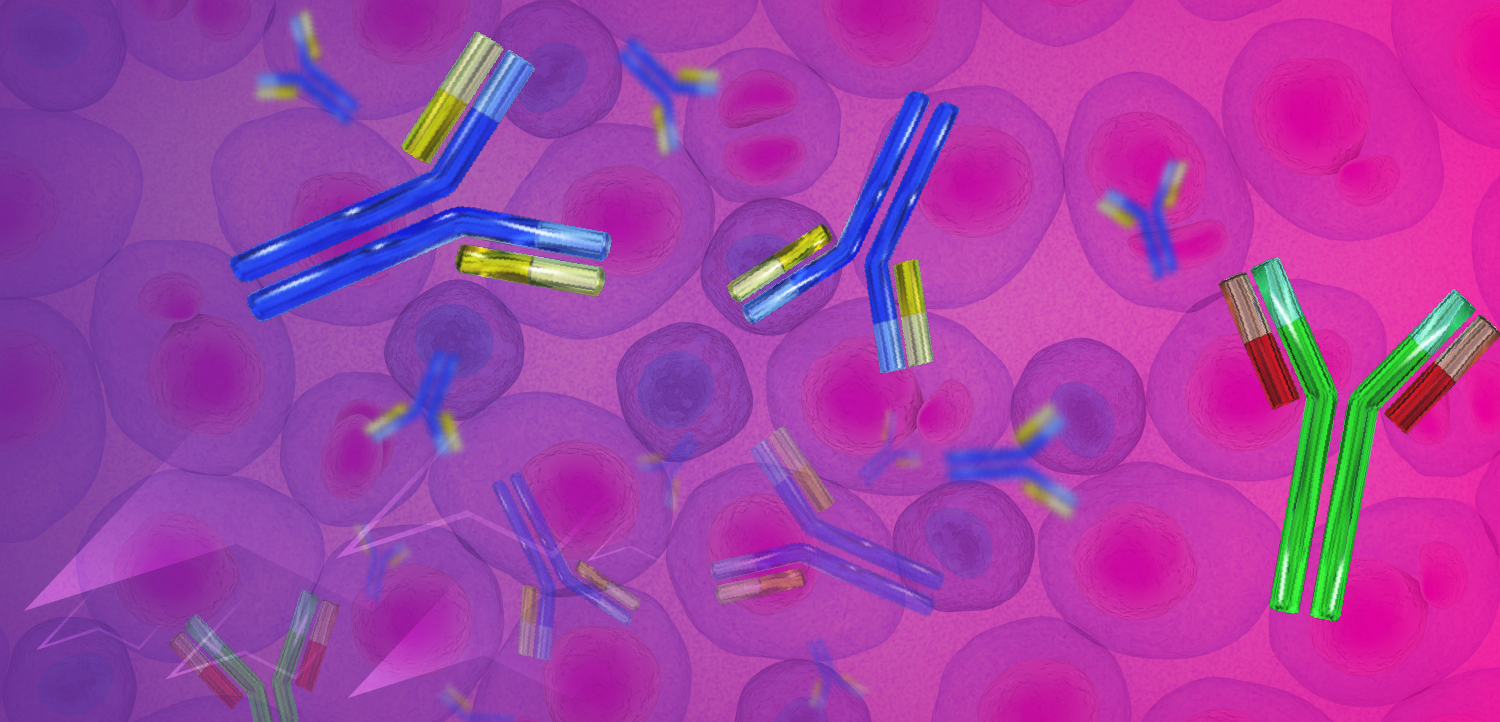
Novel Approaches for the Prevention and Treatment of Inflammatory Bone Loss
Current novel therapeutics for the prevention and treatment of bone loss in patients with inflammatory joint disease target cytokines and other inflammatory mediators. Mesenchymal stem cell therapy is a compelling new treatment currently being studied in clinical trials.
Current novel therapeutics for the prevention and treatment of bone loss in patients with inflammatory joint disease target cytokines and other inflammatory mediators. Mesenchymal stem cell therapy is a compelling new treatment currently being studied in clinical trials.
Nancy Lane, MD, professor of internal medicine and rheumatology from the University of California, Davis Medical Center, discussed new approaches to prevent and treat inflammatory bone loss at the 2014 American Society of Bone and Mineral Research Conference in Houston, Texas.
Bone loss in rheumatoid arthritis (RA) is a multi-factorial, clinically significant problem, particularly in women with concomitant osteoporosis. These patients present with both focal erosions and systemic bone loss. One key factor in systemic bone loss is systemic inflammation and damage caused by circulating cytokines.
In her talk, Dr Lane described how current novel therapeutics for systemic bone loss target inflammatory cytokines. These drugs include denosumab (a fully human IgG monoclonal antibody), anti-cytokine therapies (especially TNF blocking agents), and sclerostin inhibitors.
In one study of the Receptor Activator of Nuclear factor Kappa-B Ligand (RANKL), the use of bisphosphonates improved bone loss, however the monoclonal antibody denosumab improved joint erosions, lumbar spine and total hip bone mass and also decreased bone loss.
Next, Dr Lane reviewed in vivo and in vitro studies that used mesenchymal stem cells to treat systemic bone loss. LLP2A-Alendronate, a bisphosphonate attached to a ligand that directs the mesenchymal cells to the bone surface is currently being studied with promising results. In a mouse model, this novel drug prevents age-related trabecular bone loss. In estrogen-deficient mice, it has been shown to prevent bone loss and improve cortical bone strength. Lastly, in mouse models mimicking inflammatory joint disease, LLP2A-Alendronate decreased bone erosions and improved bone growth.
At this time, a number of Phase 2 clinical trials are investigating the use of mesenchymal stem cells to treat inflammatory joint disease. Most focus on treating patients who are refractory to TNF-blockers, and they vary in the source of mesenchymal stem cells. However, they may be promising novel therapeutic options for patients in the not-too-distant future.
Newsletter
Stay at the forefront of cutting-edge science with CGT—your direct line to expert insights, breakthrough data, and real-time coverage of the latest advancements in cell and gene therapy.



































